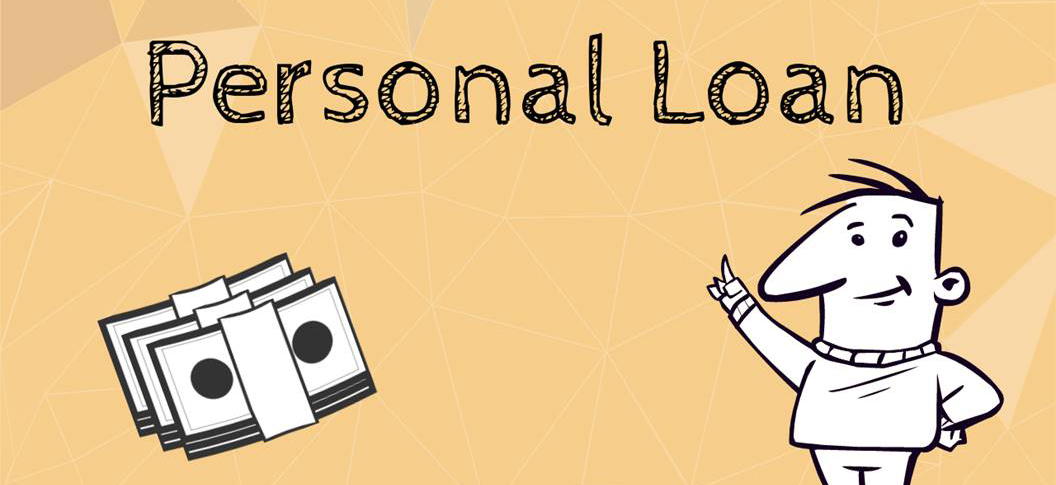Asset bubbles – in the stock exchange, in the real estate or the commodity markets – invariably burst and often lead to banking crises. One such calamity struck the USA in 1986-1989. It is instructive to study the decisive reaction of the administration and Congress alike. They tackled both the ensuing liquidity crunch and the structural flaws exposed by the crisis with tenacity and skill. Compare this to the lackluster and hesitant tentativeness of the current lot. True, the crisis – the result of a speculative bubble – concerned the banking and real estate markets rather than the capital markets. But the similarities are there.

The savings and loans association, or the thrift, was a strange banking hybrid, very much akin to the building society in Britain. It was allowed to take in deposits but was really merely a mortgage bank. The Depository Institutions Deregulation and Monetary Control Act of 1980 forced S&L’s to achieve interest parity with commercial banks, thus eliminating the interest ceiling on deposits which they enjoyed hitherto.
But it still allowed them only very limited entry into commercial and consumer lending and trust services. Thus, these institutions were heavily exposed to the vicissitudes of the residential real estate markets in their respective regions. Every normal cyclical slump in property values or regional economic shock – e.g., a plunge in commodity prices – affected them disproportionately.
Interest rate volatility created a mismatch between the assets of these associations and their liabilities. The negative spread between their cost of funds and the yield of their assets – eroded their operating margins. The 1982 Garn-St. Germain Depository Institutions Act encouraged thrifts to convert from mutual – i.e., depositor-owned – associations to stock companies, allowing them to tap the capital markets in order to enhance their faltering net worth.
But this was too little and too late. The S&L’s were rendered unable to further support the price of real estate by rolling over old credits, refinancing residential equity, and underwriting development projects. Endemic corruption and mismanagement exacerbated the ruin. The bubble burst.
Hundreds of thousands of depositors scrambled to withdraw their funds and hundreds of savings and loans association (out of a total of more than 3,000) became insolvent instantly, unable to pay their depositors. They were besieged by angry – at times, violent – clients who lost their life savings.
The illiquidity spread like fire. As institutions closed their gates, one by one, they left in their wake major financial upheavals, wrecked businesses and homeowners, and devastated communities. At one point, the contagion threatened the stability of the entire banking system.
The Federal Savings and Loans Insurance Corporation (FSLIC) – which insured the deposits in the savings and loans associations – was no longer able to meet the claims and, effectively, went bankrupt. Though the obligations of the FSLIC were never guaranteed by the Treasury, it was widely perceived to be an arm of the federal government. The public was shocked. The crisis acquired a political dimension.
A hasty $300 billion bailout package was arranged to inject liquidity into the shriveling system through a special agency, the FHFB. The supervision of the banks was subtracted from the Federal Reserve. The role of the the Federal Deposit Insurance Corporation (FDIC) was greatly expanded.
Prior to 1989, savings and loans were insured by the now-defunct FSLIC. The FDIC insured only banks. Congress had to eliminate FSLIC and place the insurance of thrifts under FDIC. The FDIC kept the Bank Insurance Fund (BIF) separate from the Savings Associations Insurance Fund (SAIF), to confine the ripple effect of the meltdown.
The FDIC is designed to be independent. Its money comes from premiums and earnings of the two insurance funds, not from Congressional appropriations. Its board of directors has full authority to run the agency. The board obeys the law, not political masters. The FDIC has a preemptive role. It regulates banks and savings and loans with the aim of avoiding insurance claims by depositors.
When an institution becomes unsound, the FDIC can either shore it up with loans or take it over. If it does the latter, it can run it and then sell it as a going concern, or close it, pay off the depositors and try to collect the loans. At times, the FDIC ends up owning collateral and trying to sell it.
Another outcome of the scandal was the Resolution Trust Corporation (RTC). Many savings and loans were treated as “special risk” and placed under the jurisdiction of the RTC until August 1992. The RTC operated and sold these institutions – or paid off the depositors and closed them. A new government corporation (Resolution Fund Corporation, RefCorp) issued federally guaranteed bailout bonds whose proceeds were used to finance the RTC until 1996.
The Office of Thrift Supervision (OTS) was also established in 1989 to replace the dismantled Federal Home Loan Board (FHLB) in supervising savings and loans. OTS is a unit within the Treasury Department, but law and custom make it practically an independent agency.
The Federal Housing Finance Board (FHFB) regulates the savings establishments for liquidity. It provides lines of credit from twelve regional Federal Home Loan Banks (FHLB). Those banks and the thrifts make up the Federal Home Loan Bank System (FHLBS). FHFB gets its funds from the System and is independent of supervision by the executive branch.
Thus a clear, streamlined, and powerful regulatory mechanism was put in place. Banks and savings and loans abused the confusing overlaps in authority and regulation among numerous government agencies. Not one regulator possessed a full and truthful picture. Following the reforms, it all became clearer: insurance was the FDIC’s job, the OTS provided supervision, and liquidity was monitored and imparted by the FHLB.
Healthy thrifts were coaxed and cajoled to purchase less sturdy ones. This weakened their balance sheets considerably and the government reneged on its promises to allow them to amortize the goodwill element of the purchase over 40 years. Still, there were 2,898 thrifts in 1989. Six years later, their number shrank to 1,612 and it stands now at less than 1,000. The consolidated institutions are bigger, stronger, and better capitalized.
Later on, Congress demanded that thrifts obtain a bank charter by 1998. This was not too onerous for most of them. At the height of the crisis the ratio of their combined equity to their combined assets was less than 1%. But in 1994 it reached almost 10% and remained there ever since.
This remarkable turnaround was the result of serendipity as much as careful planning. Interest rate spreads became highly positive. In a classic arbitrage, savings and loans paid low interest on deposits and invested the money in high yielding government and corporate bonds. The prolonged equity bull market allowed thrifts to float new stock at exorbitant prices.
As the juridical relics of the Great Depression – chiefly amongst them, the Glass-Steagall Act – were repealed, banks were liberated to enter new markets, offer new financial instruments, and spread throughout the USA. Product and geographical diversification led to enhanced financial health.
But the very fact that S&L’s were poised to exploit these opportunities is a tribute to politicians and regulators alike – though except for setting the general tone of urgency and resolution, the relative absence of political intervention in the handling of the crisis is notable. It was managed by the autonomous, able, utterly professional, largely a-political Federal Reserve. The political class provided the professionals with the tools they needed to do the job. This mode of collaboration may well be the most important lesson of this crisis.


